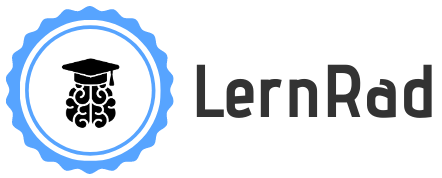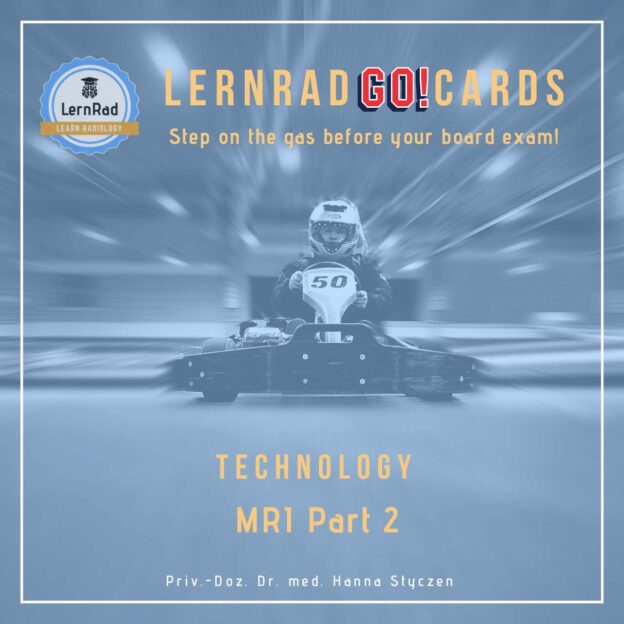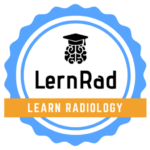In this Go!Cards set, you will find a total of 45 questions and answers on the topic of MRI (Part 2) to prepare for the Radiology Board Examination. You can quickly review and test the most important facts before the exam to see where your knowledge stands.
Our Go!Cards were developed according to the current European Training Curriculum for Radiology of the European Society of Radiology (ESR).
This set includes 45 questions and answers with the following subchapters:
- Sequences
- Image Quality
Tip: You should view the flashcards in full-screen mode, then they appear a bit larger. 🙂 We recommend using Chrome or Edge as a browser, as other browsers may display minor errors with the Go!Cards.
For the duration of your subscription (which will be automatically renewed each month if not canceled), you have full access to the Go!Cards. You can cancel your subscription at any time. Sharing your access data with third parties is, of course, not permitted (see also our general terms and conditions).
The specific learning objectives corresponding to the ESR’s European Radiology Training Curriculum for Radiology are:
B-I-15 Principles of Imaging Technology & Molecular Imaging
Knowledge MRI
- To explain the relative value of an MRI examination for the various organ systems and indications
- To explain the principles of spin echo and gradient echo sequences and their fast variants
- To describe the principles and main diagnostic applications for the most commonly used sequences in MRI, including T2-weighted sequences, T1-weighted sequences, inversion recovery sequences, and T2*- / susceptibility weighted sequences
- To describe the typical appearance of tissues, organs and pathological processes on these MR sequences
- To understand the sequence technology for MR angiography (MRA) including time of flight (TOF), phase contrast (PC), other non-(exogenous) contrast-enhanced MRA techniques and contrast-enhanced MRA
- To discuss the advantages and disadvantages of different contrast agents used for MRA
- To discuss the differences between the various MRA techniques
- To discuss advantages and disadvantages of MRA compared with other techniques
- To explain the principles of dynamic contrast-enhanced (DCE) MRI
- To explain the principles of diffusion-weighted imaging (DWI) and diffusion tensor imaging (DTI)
- To have an appreciation of the principles of functional MRI (fMRI) using the BOLD contrast mechanism
- To describe typical artefacts on MRI and to discuss their respective causes and solutions where possible




